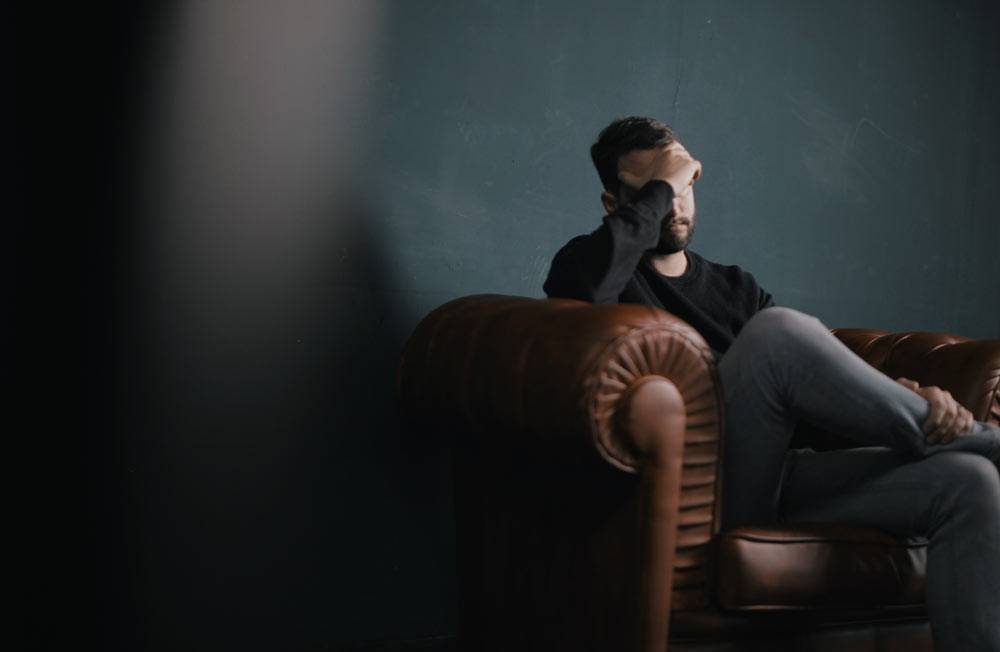If you sustain a head injury, you may hear the term “concussion” from your doctor. But no two concussions are exactly alike when it comes to symptoms and recovery. Why might your experience be totally different than a friend’s or teammate’s concussion? Understanding that will help your concussion recovery.
The reality is concussions fall on a spectrum — from mild to severe. The type and combination of symptoms depend on factors like injury mechanism, intensity, and location impact in the brain. To optimize treatment, concussions are classified into five subtypes:
- Cognitive: Issues with concentration, memory, feeling foggy
- Visual: Blurred vision, light sensitivity, trouble tracking objects
- Vestibular: Dizziness, balance problems, nausea
- Headache/Migraine: Severe headaches, light/sound sensitivity
- Mood: Irritability, nervousness, personality changes
Many patients don’t fit neatly into one bucket. Overlap between subtypes is common, which is why a specialized evaluation mapping all symptom areas is vital. This allows for a personalized recovery plan targeting the impaired pathways needing the most attention.
At Rehab Solutions, our physical therapists have advanced certifications in diagnosing concussion subtypes. We dig deeper in our assessments to pinpoint the unique manifestations and challenges you’re facing post-injury.
Armed with these insights into your particular symptom profile, we can deliver targeted treatment including manual therapy, eye exercises, balance retraining and more to accelerate your healing. Our goal is to help you get back to normal life and activity as quickly and safely as possible.
Don’t settle for a one-size-fits-all approach to concussion recovery. We tailor our treatment to your symptoms and needs with expert care. Contact us today to start your road to healing.
Written by: Aaron Proefrock, PT, DPT, CSCS
Adapted from the scholarly work by Michael W Collins, PhD. University of Pittsburgh
And
Lumba-Brown A, Teramoto M, Bloom OJ, et al. Concussion Guidelines Step 2: Evidence for Subtype Classification. Neurosurgery. 2020;86(1):2-13. doi:10.1093/neuros/nyz332

